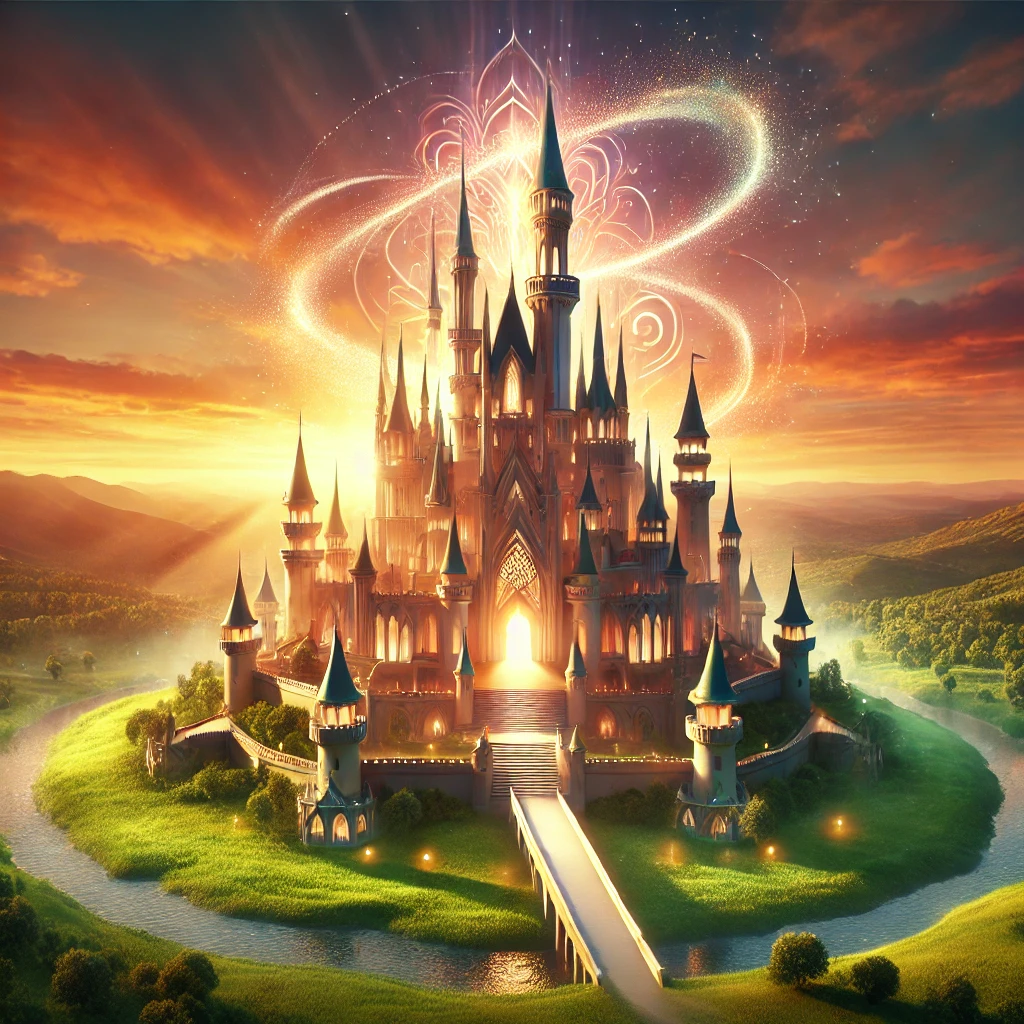On October 16, 1923, the Walt Disney Company was founded by Walt Disney and his brother Roy, marking the beginning of a creative enterprise that would revolutionize the entertainment industry. From its humble origins as a small animation studio, Disney has grown into a global powerhouse known for its innovation in film, television, theme parks, and various media ventures. The founding of the company set the stage for a legacy that continues to inspire and entertain millions around the world.

The Early Years of Walt Disney
Walt Disney’s journey into animation began in the early 1920s when he created his first short films, including the “Alice Comedies.” After facing numerous challenges and setbacks, including financial difficulties and failed projects, Walt and his brother Roy decided to take a bold step forward. They formed the Disney Brothers Studio in 1923, later renamed the Walt Disney Company. Their vision was to create high-quality animated content that appealed to audiences of all ages.
The brothers faced significant obstacles in the competitive landscape of early animation, but their passion and creativity drove them to persevere. The release of Steamboat Willie in 1928, featuring the now-iconic character Mickey Mouse, marked a breakthrough for the company. This cartoon not only showcased Disney’s innovative use of synchronized sound but also solidified Mickey Mouse as a beloved cultural icon.

Innovations in Animation and Film
The success of Mickey Mouse propelled the Walt Disney Company into the spotlight and laid the foundation for future innovations in animation and storytelling. In 1937, Disney released Snow White and the Seven Dwarfs, the first-ever full-length animated feature film. The film was a monumental success, earning critical acclaim and commercial success, and establishing animation as a legitimate and respected art form.
Following the success of Snow White, Disney continued to innovate with a string of classic animated films, including Pinocchio, Fantasia, and Bambi. These films not only pushed the boundaries of animation technology but also explored deeper themes and emotions, captivating audiences and setting new standards for storytelling in animation. The company’s commitment to quality and creativity laid the groundwork for its enduring success in the industry.
Expansion and Cultural Impact
As the years went by, the Walt Disney Company expanded beyond animation, venturing into television, theme parks, and merchandise. The creation of Disneyland in 1955 marked a significant milestone, introducing a new form of entertainment that combined immersive storytelling with themed attractions. Disneyland’s success led to the development of additional parks around the world, creating a legacy of family-friendly entertainment and experiences.

Disney’s impact on popular culture cannot be overstated. The company’s characters and stories have become embedded in the fabric of American culture and beyond. Iconic figures such as Mickey Mouse, Donald Duck, and Cinderella have transcended generations, symbolizing joy, imagination, and nostalgia. Disney’s influence on animation, film, and family entertainment has shaped the way stories are told and experienced.
The Legacy of Walt Disney
Walt Disney’s vision and creativity continue to resonate long after his passing in 1966. The company he founded has evolved into a multifaceted entertainment conglomerate, encompassing film production, television, streaming services, and more. Disney’s commitment to innovation and storytelling remains at the core of its identity, driving the company to explore new frontiers in entertainment.
Today, the Walt Disney Company stands as a testament to the power of imagination and the enduring impact of storytelling. It continues to create beloved content for audiences of all ages, from animated classics to blockbuster franchises like the Marvel Cinematic Universe and the Star Wars saga. The company’s legacy is not only defined by its characters and films but also by its ability to inspire creativity and foster a sense of wonder in people around the world.
The founding of the Walt Disney Company on October 16, 1923, marked a pivotal moment in the history of entertainment. Walt and Roy Disney’s vision, creativity, and determination laid the foundation for a legacy that has transformed the landscape of animation and popular culture. As we reflect on Disney’s journey from a small animation studio to a global powerhouse, we recognize the enduring power of storytelling and the importance of imagination in shaping our world. The Walt Disney Company continues to inspire and entertain, reminding us of the magic that can be created when creativity knows no bounds.
